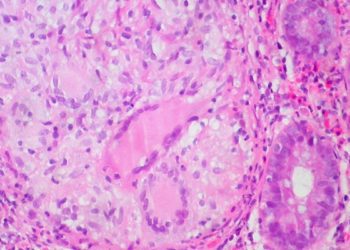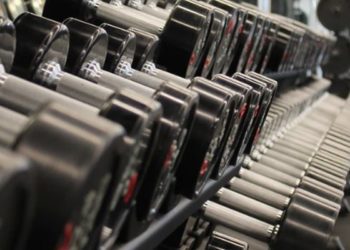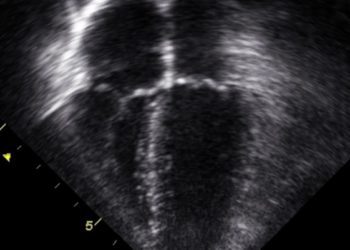Treatment of lower urinary tract symptoms in men in primary care using a conservative intervention
1. This randomised control trial demonstrated that a standardised and manualised intervention in primary care showed a sustained reduction in lower urinary tract symptoms (LUTS) in men at 12 months, as assessed through the International Prostate Symptom Score (IPSS).
2. The mean IPSS difference between the intervention and control arm of −1.81 points, while statistically significant, was less than the predefined target reduction of 2.0 points.
Evidence Rating Level:1 (Excellent)
LUTS, encompassing issues with urine storage and voiding, affect around 30% of men aged 65 and older, significantly impacting their quality of life. Guidelines recommend using conservative treatments for LUTS initially, such as bladder training, fluid intake advice, and lifestyle guidance. However, inconsistent provision for LUTS in men in primary care underscores the need for practical resources to support symptom assessment and boost patient engagement in conservative management. The Treating Urinary Symptoms in Men in Primary Healthcare (TRIUMPH) study—a multicentre, pragmatic, two arm cluster randomised controlled trial in UK primary care—aims to asess whether a standardised and manualised care intervention could yield superior improvement of LUTS in men compared with usual care. 33 primary care sites were randomized in a 1:1 ratio to administer the intervention or usual care. The intervention included a standardised information booklet that provides guidance on conservative and lifestyle interventions for LUTS in men. Patients were directed to applicable information in the booklet after professional healthcare assessment and discussion, providing the manualised element of the intervention. 524 participants were recruited from intervention sites and 553 from usual care sites. At 6 and 12 months, both arms showed improvement in LUTS, with a greater reduction in the intervention arm (IPPS difference 6 months, −1.68 (−2.34 to −1.02); 12 months, <0.001; IPSS difference -1.81; 95% CI -2.66 to -0.95; P<0.001). The observed reductions were less than the predefined target reduction of 2.0 points, indicating that the improvement in symptoms associated with the intervention may be modest. With regards to secondary outcomes, incontinence scores, mean IPSS LUTS specific quality of life scores, and patient perception of their LUTS, demonstrated greater improvement in the intervention arm compared to the usual care arm at both 6 and 12 months. Overall, these findings suggest that a standardised and manualised intervention achieved a small, statistically significant, sustained reduction in LUTS.
Click to read the study in BMJ
Image: PD
©2023 2 Minute Medicine, Inc. All rights reserved. No works may be reproduced without expressed written consent from 2 Minute Medicine, Inc. Inquire about licensing here. No article should be construed as medical advice and is not intended as such by the authors or by 2 Minute Medicine, Inc.







